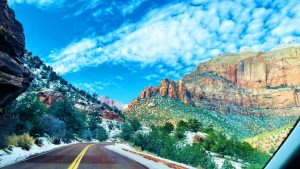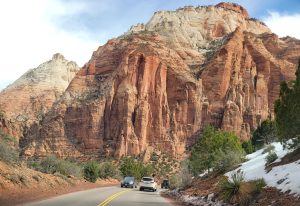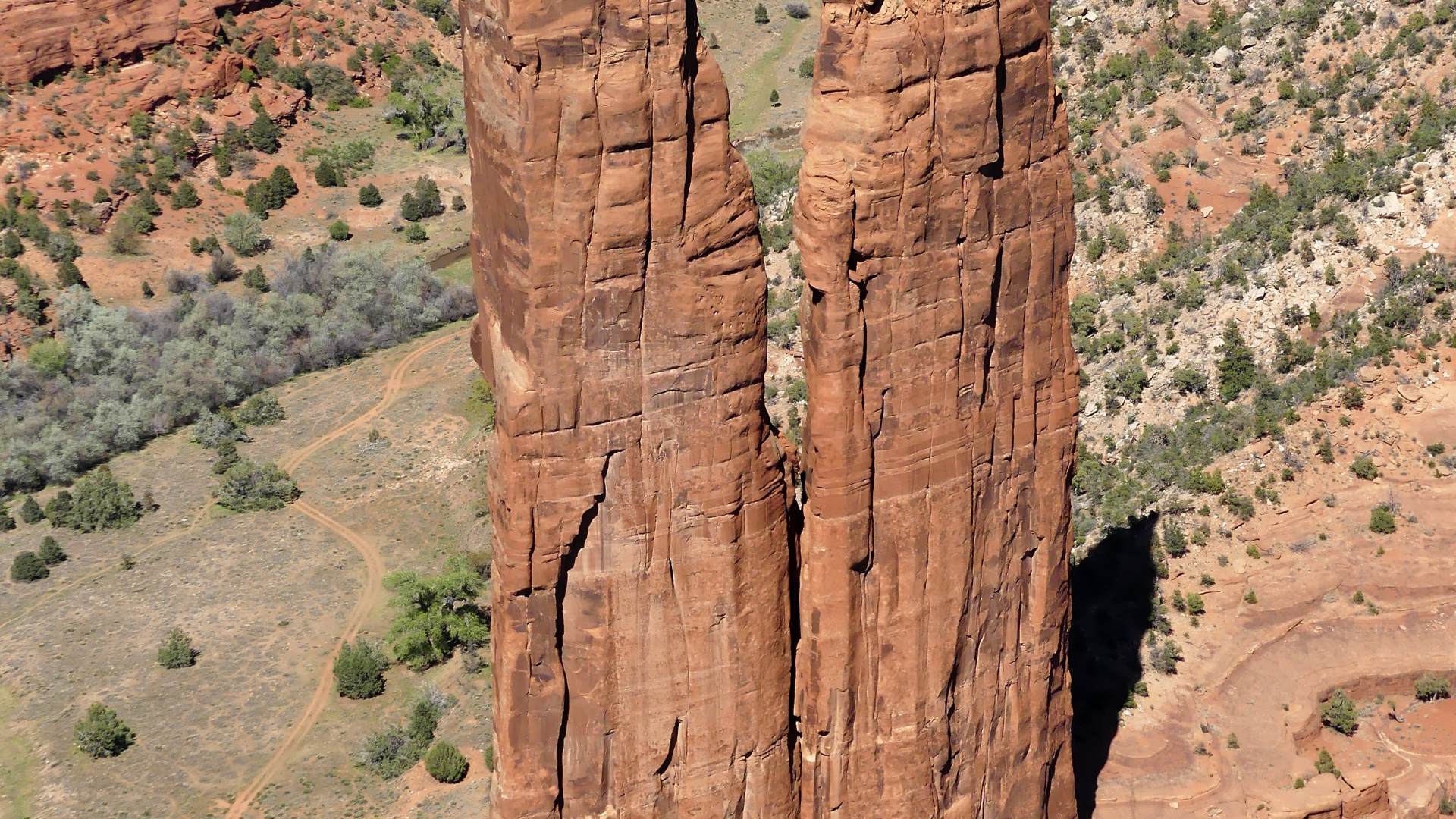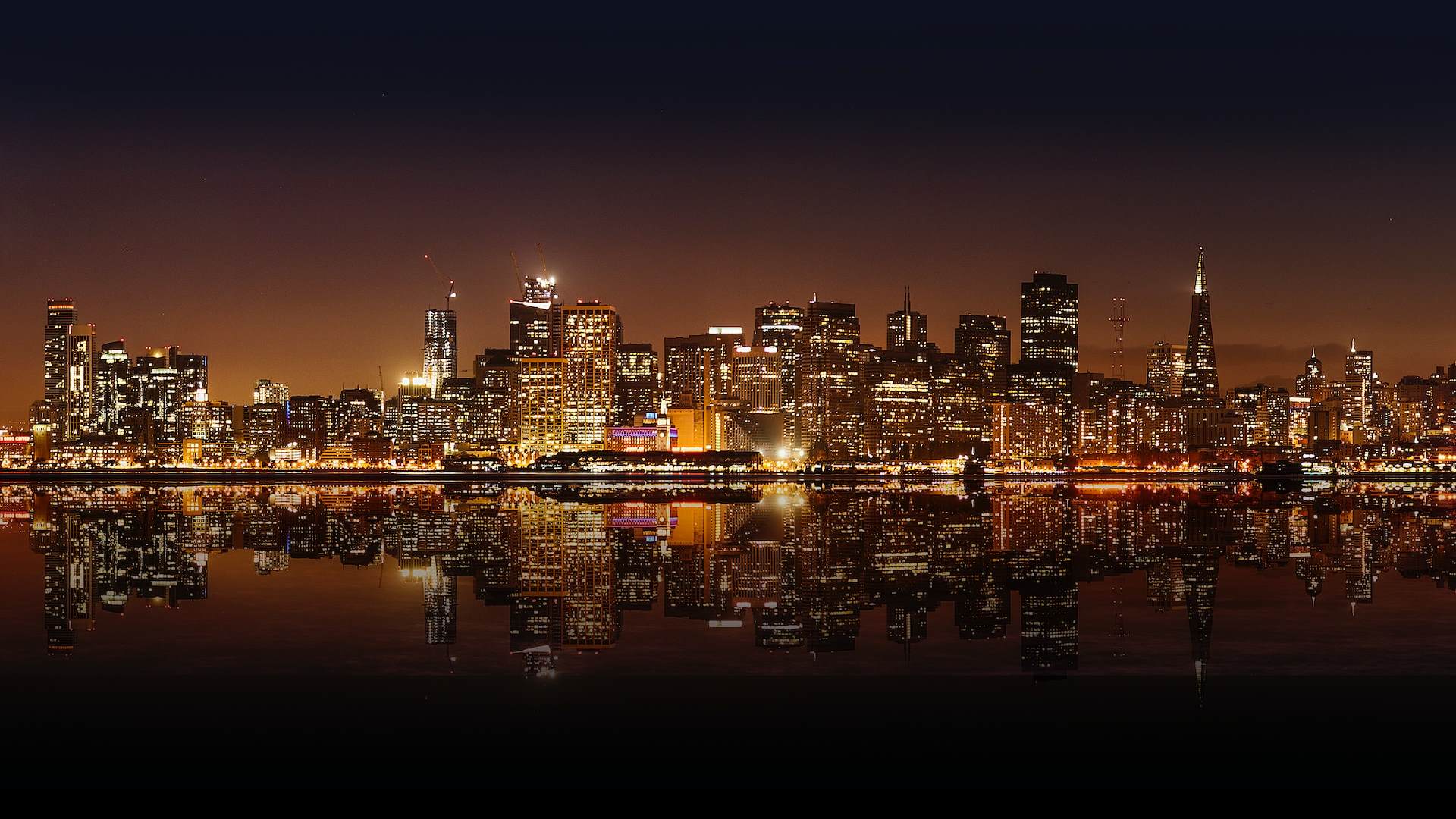Utah is home to some of the most iconic national parks in the United States. The state’s diverse landscapes, from arid deserts to towering mountains, provide the backdrop for outdoor adventures and breathtaking scenery. Five national parks are located entirely within Utah’s borders, while parts of two other national parks extend into the state.
The introduction to Utah’s national parks highlights their popularity and accessibility. Most parks are within a half day’s drive from major cities like Salt Lake City. Their proximity to highways and roads makes them convenient to reach.




Zion National Park stands out for its massive sandstone cliffs and narrow slot canyons. Hiking trails wind through the lush Virgin River valley lined with hanging gardens and emerald pools. Angels Landing is a famous hike ascending 1,500 feet with sheer drop-offs. Shuttle buses provide access to the main canyon since private vehicles are restricted.
Bryce Canyon National Park is known for its whimsical hoodoos, spire-shaped rock formations created by erosion. The park has over 2,000 of these structures throughout the main amphitheater. Sunrise and Sunset Points offer scenic overlooks. Hiking trails descend into the hoodoos, passing through tunnels and arches.
Capitol Reef National Park features the Waterpocket Fold, a giant wrinkle in the Earth’s crust spanning 100 miles. This geologic monocline formed domed rock layers colored white, orange, and red. The Fremont River carves a deep canyon through the rock. Visitors can view petroglyphs left by Ancient Puebloans.
Canyonlands National Park is divided into three distinct sections. The Island in the Sky district sits atop a 1,000 foot mesa with expansive views. Needles district has craggy red and orange rock pinnacles. The remote Maze district requires 4WD for its winding dirt roads. The Colorado and Green Rivers frame impressive canyons.
Arches National Park contains the world’s largest concentration of natural sandstone arches. There are over 2,000 arches visible, along with soaring pinnacles, massive balanced rocks, and giant fins. Delicate Arch is the most famous, standing alone on a slope. Fiery Furnace is an area with narrow cracks to squeeze through.
The northeast corner of Grand Staircase-Escalante National Monument extends into Utah. This remote, rugged landscape has plateaus and multi-colored cliffs. Hiking yields dinosaur fossils, Ancestral Puebloan artifacts, and slot canyons. Scenic drives pass through the Grand Staircase descending in giant steps.
A portion of Dinosaur National Monument sits in Utah’s northeast corner. Huge dinosaur fossil beds are embedded in an 80-foot high rock wall. Visitors can see and touch the dinosaur bones protruding from the cliffside. The monument also protects the Green and Yampa Rivers flowing through canyons.
In the conclusion, summarize that Utah’s national parks encompass diverse ecosystems with vibrantly colored rock formations, deep river canyons, and a range of desert landscapes to explore. The parks provide endless opportunities for hiking, backpacking, rock climbing, canyoneering, and 4WD adventures. Utah contains some of the most scenic parks in the United States.



